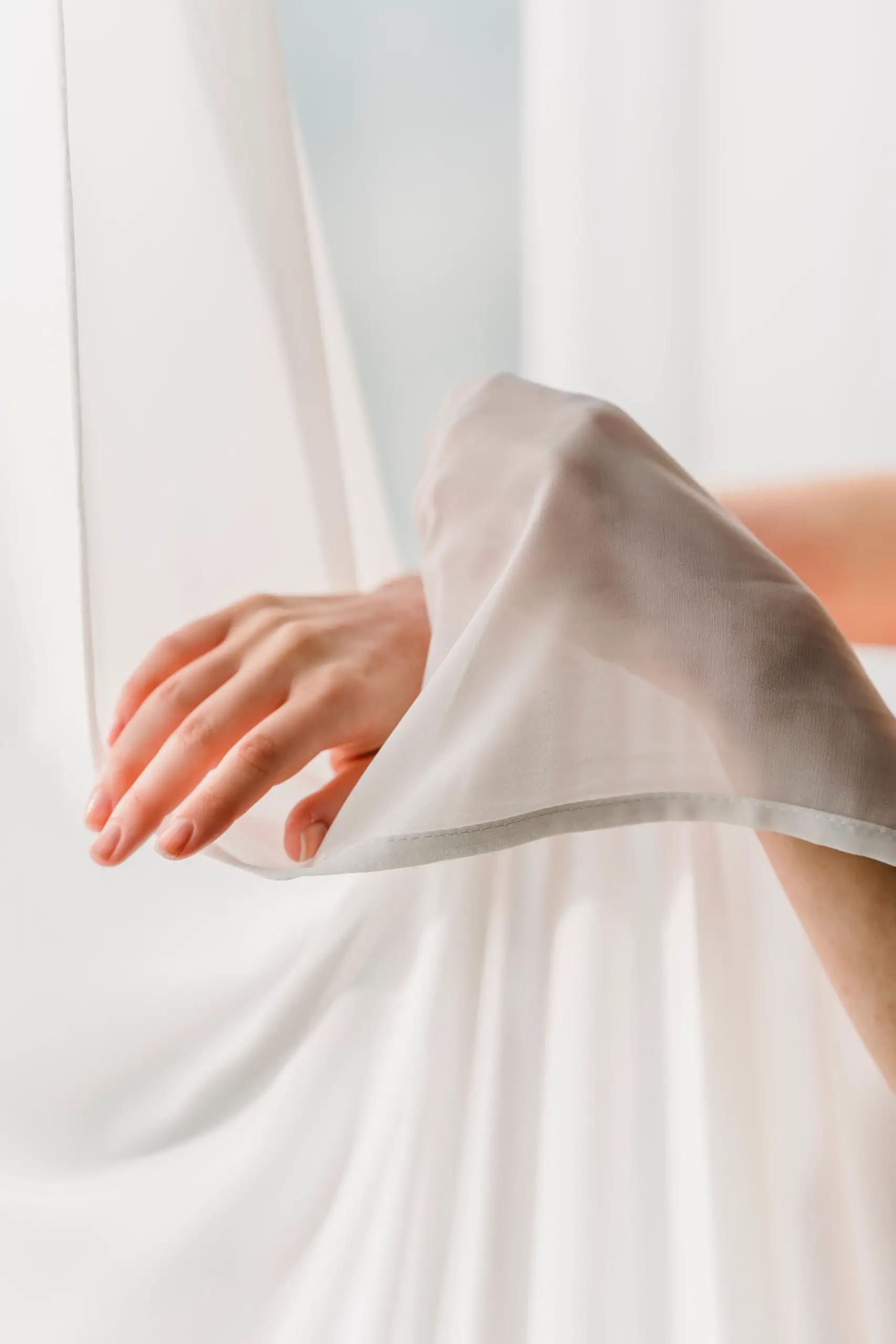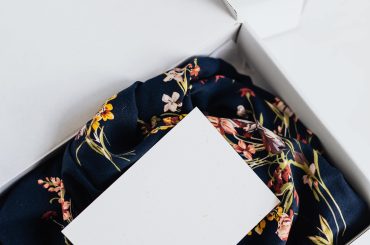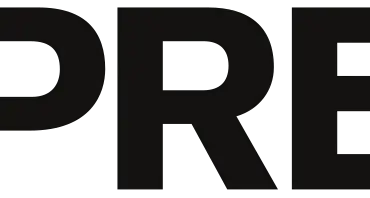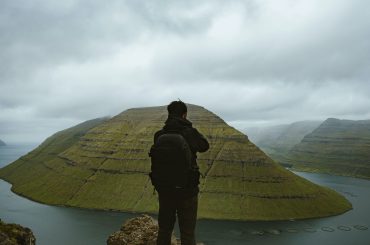Modal fabric is made of cellulose taken from spinning beech trees. The type of fabric is bio-based and considered a more eco-friendly alternative to cotton. According to Arborists, beech trees don’t need much water to grow. Also, the production process uses 10–20 times less water.
Contents
What are Bio-based products?
A material purposely abstracted from elements found in living (or dead) organisms is known as bio-based material. Although the term “biomaterials” is occasionally used to describe these materials, it also has another meaning. Although many common materials, including wood and leather, could technically fit the definition, it usually refers to more advanced modern materials. Biologic material is a term that can be used to describe unprocessed materials. The broader category of bioproducts, which includes components made of renewable chemical and biological sources, includes bio-based materials, also known as biomaterials.

Reasons to use Beech trees rather than other trees.
The main reason for selecting Beech Trees for modal fabric is that they don’t need to be planted, and there is no need for artificial irrigation. , there is no maintenance cost. Northern and Central Europe has healthy beech forests. In our products, Austria and its neighboring nations provide more than half of the wood.
How is Modal Made?
Now let’s see the process of making a modal. There are some steps in the process. Just continue reading to know them.
The method used to make modal fabric and viscose fabrics are similar. Modal fabric is an updated version of viscose fabrics that does away with some wasteful or damaging elements of the viscose production process. Most buyers and producers also agree that modal fabrics surpass viscose fabrics in terms of structural quality.
STEP I: Harvesting of trees
The modal fabric production process begins with harvesting trees to be rendered into cellulose.
STEP II: Extracting the Cellulose
These trees are broken down into chips, and to extract their cellulose content, they are first purified.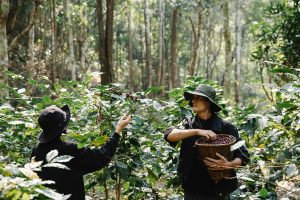
STEP III: Steeping the Sheets
Sheets of this extracted cellulose are created, and these sheets are then steeped in vats of sodium hydroxide called caustic soda.
STEP IV: Breaking into Crumbs
The sheets are broken down into crumbs and immersed in carbon disulfide to create xanthate.
STEP V: Creating Fibers
After that, the cellulose xanthate is submerged in caustic soda. To create a syrup solution, immediately force through a spinner to create fibers.
STEP VI: Forming into Yarn
These fibers are then stretched, immersed in sulfuric acid, and made into. The resulting yam is washed, bleached, rinsed, dried, and loaded onto spools.
STEP VII: Finishing
The modal yam is ready to be subjected to treatments that may be applied before it is woven into a fabric.
Uses of Modal Fabric
As mentioned earlier, modal is a good alternative for silk and cotton. We all know that modal is a form of Fabrics fabrics. And Fabrics were developed as an alternative to silk. So all forms of Fabrics are also known as “artificial silk.”
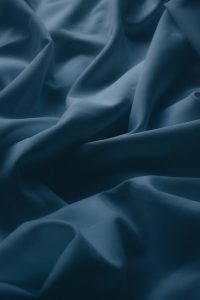 Modal fabric, which is soft, thin, and breathable, is very common in sportswear. Yoga pants, bike shorts, and even swimwear are frequently made of this material. Effective at absorbing and releasing sweat, modal fabric is also surprisingly long-lasting and easy to clean.
Modal fabric, which is soft, thin, and breathable, is very common in sportswear. Yoga pants, bike shorts, and even swimwear are frequently made of this material. Effective at absorbing and releasing sweat, modal fabric is also surprisingly long-lasting and easy to clean.
Modal fabric isn’t absorbent, so it’s not frequently used in household textiles like towels and bathrobes. However, due to its silky texture, it is frequently chosen for other home bed linens and other fabrics worn next to the skin for extended periods.
Types of modal fabrics or fabrics
Viscose
This particular variety of fabrics was the first to be produced in large quantities worldwide. Before the development of viscose fabrics, the cost of manufacturing this fabric was high. Still, thanks to the development of the viscose process, factories worldwide can now easily replicate this fabric using straightforward formulas.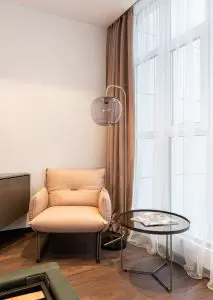
Viscose fabric production is a highly complex process that involves numerous chemical treatment steps. Therefore, should be viewed Viscose fabrics as more damaging to the environment and workers than modal fabrics. Many factories still produce viscose fabrics, but others have updated their production techniques to produce more advanced varieties of this semi-synthetic fabric.
Lyocell
This fabric’s variant is an updated version with several unique advantages. Since the cellulose used to create this fabric is not chemically altered during production, it is made entirely from tree fibers, making Lyocell the only type of fabric considered completely organic.
No solvent is wasted or thrown into the environment because the production of Lyocell uses a closed-loop solvent system. On the other hand, even the production of modal fabrics uses a solvent system that pollutes the environment with chemical waste. Lenzing AG, an international company, based in Austria, produces almost all Lyocell used worldwide.
Comparing Viscose with Lyocell
- The utterly organic fabric lyocell and modal are very similar to one another.
- Because an organic solvent creates Lyocell instead of the sodium hydroxide used to create modal, Lyocell is even more environmentally friendly than modal.
- Beech and eucalyptus trees are just two of the many kinds of trees that can use to make Lyocell.
Environmental Impact
Modal fabric production is fractionally more environmentally friendly than the production of viscose fabrics. The reduced amounts of caustic soda used to dissolve and purify the cellulose used to make this fabric are primarily responsible for the increased environmental benefit.
However, the “xanthation” step—in which carbon disulfide is applied to cellulose during production—remains a part of the modal fabric manufacturing process. An infamous neurotoxin known as carbon disulfide enters the environment through the air and water that is poisoned during the production of textiles.
When carbon disulfide enters the ecosystem, it can harm the wildlife around the factory or the disposal facility and seriously harm humans. The workers who make the fabric are the ones most exposed to the carbon disulfide released during the manufacturing process; this toxic chemical can cause liver damage, kidney damage, blindness, psychosis, coma, or even death in these workers.
Fabric producers have taken action in recent years to lessen the effects of carbon disulfide on the environment and workers. For instance, factories may install chemical filters, and some businesses may use absorption devices to capture before it interacts with carbon disulfide personnel or the environment.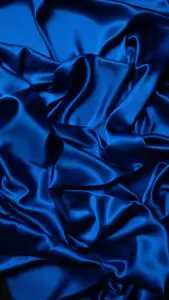
Obtaining cellulose for use in fabrics may or may not be an environmentally sustainable process, depending on the cultivation and harvesting methods used. Certain kinds of wood, like bamboo, are more environmentally sustainable than others. For example, much fabric, only cellulose from trees grown on certified organic land, is used by manufacturers unsuitable for any other agricultural uses.
There is no getting around the fact that a considerable number of the tree material gathered for use in fabrics is wasted. To create this fabric, only cellulose from trees is used; all other tree material is discarded.
Also, remember that Modal fabric cannot be certified as organic because it is a semi-synthetic material. Lenzing, one of the largest modal fabric manufacturers worldwide, sources all cellulose exclusively from PEFC-certified sustainably harvested forests. As a result, users of modal fabric made by this company and textile manufacturers can be confident that the trees used to make the fabric were harvested sustainably.
Benefits of Modal wearing
- Modal has a natural stretch, making it perfect for t-shirts and athletic wear.
- Modal is an incredibly soft fabric to the touch.
- Modal is a very breathable fabric, making it ideal for sportswear, base layers, t-shirts, and undergarments.
- Modal is 50% more absorbent than cotton at absorbing water.
- Durability: The modal’s tight weave and long fibers make it very strong.
- Like fabrics and other silk substitutes, modal has a lovely drape that makes it the perfect material for our products.
- Eco-friendly Fabric: Compared to other fabrics, modal is produced using fewer chemicals and is made from regenerative plants.
- The fabric has a smooth finish, resists pilling, and is perfect for everyday use.
- Colorfast: The fabric absorbs color in warm water without transferring color to the laundry.
- Doesn’t shrink: Directly opposed to most fabrics, modal shrinks considerably less when washed.
- Modal is a completely biodegradable material.
- No wrinkles: Modal resists wrinkling and maintains its smoothness with little ironing.
So now, please share with us your experiences with modal fabrics.
Also read: Add cute Minimalist clothing for your wardrobe in 2023
INCREDIBLE SUSTAINABLE FASHION TO SHAPE UP YOUR LIFESTYLE IN 2022

